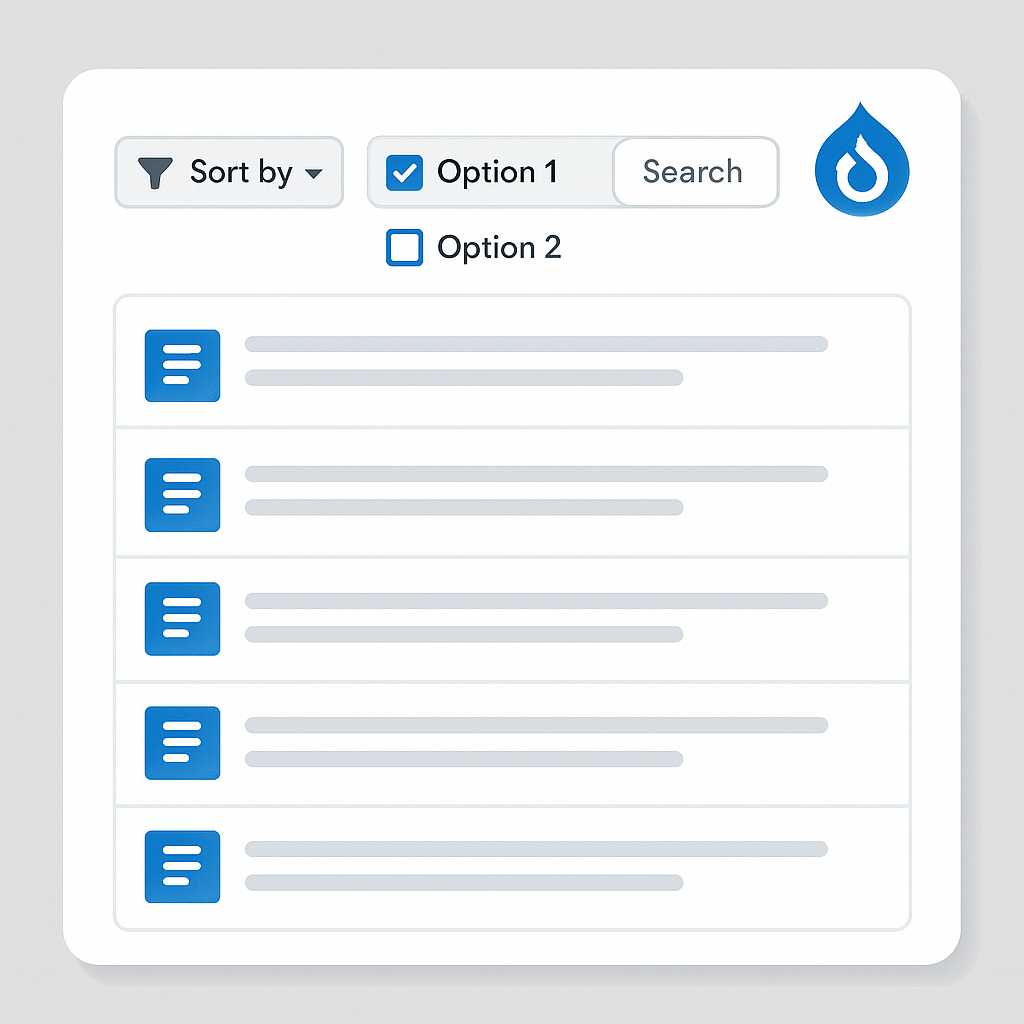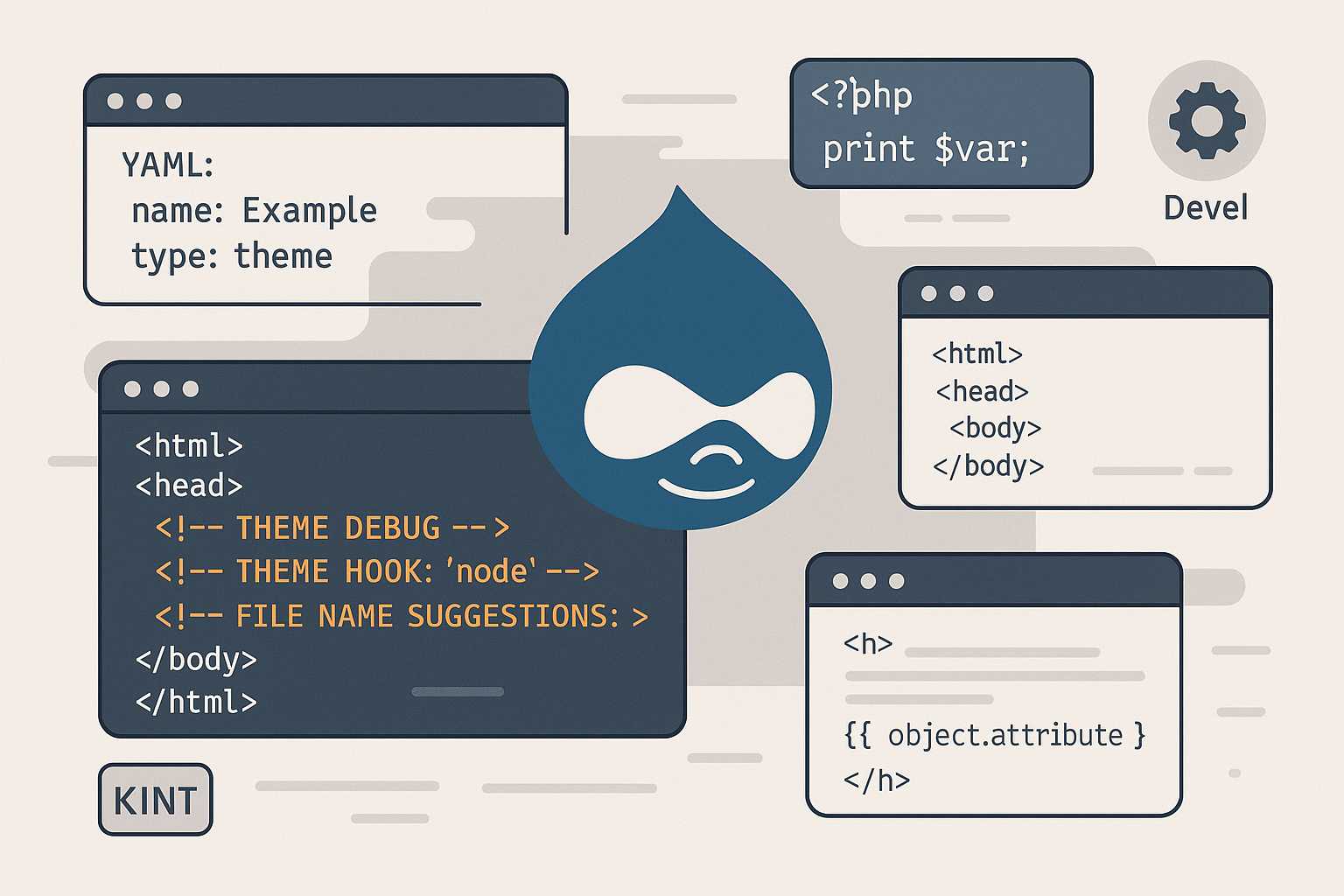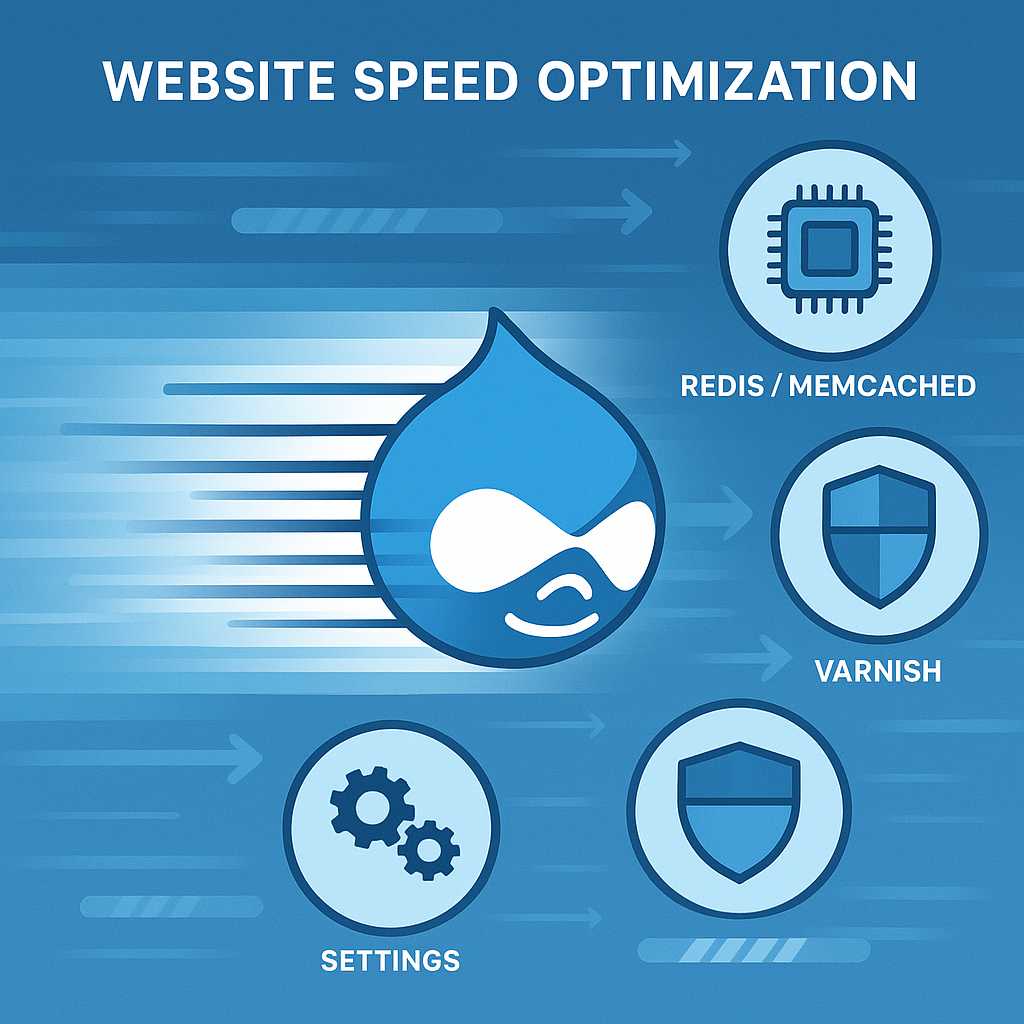Author: Drew
-

Harnessing Drupal’s Views Exposed Filters for Better User Experiences
As a Drupal web developer, I’m always looking for ways to empower site editors and end-users to get the most out of their sites. One underutilized but incredibly powerful tool in Drupal is Views Exposed Filters. They let visitors filter displayed content to quickly find exactly what they’re looking for. In this article, I’ll share…
-

Mastering Drupal’s Field Display: A Guide to Form Display and View Display Configurations
One of Drupal’s most powerful features is its fieldable content architecture. But even experienced site builders can get tripped up by the differences and interplay between "Form display" and "View display" settings for content types, users, and other entities. In this article, I’ll explain what these display concepts mean, why mastering them is essential, and…
-

Debugging Twig Templates in Drupal: Essential Tools and Techniques
As a web developer who spends a significant amount of time fine-tuning Drupal themes, one of the most common hurdles is figuring out exactly which Twig template is rendering a particular piece of markup. In this article, I’ll walk you through some effective strategies and tools for debugging Twig templates in Drupal, helping you get…
-

Creating a Custom Drupal Content Type: A Step-By-Step Guide
If you’re looking to extend your Drupal site’s functionality, one of the best ways is by creating custom content types. Content types let you define structured data and custom fields for unique kinds of content, like "Events," "Products," or "Testimonials." In this guide, I’ll walk you through the process, share some tips, and highlight best…
-

Creating Custom Drupal Blocks with the Block Plugin API
As a Drupal developer, there will inevitably be a time when the stock block types provided just don’t cut it. Maybe you need to display data from an external API or create a specialized widget for editors. Whatever the case, Drupal’s Block Plugin API makes it easy to create your own custom blocks with PHP.…
-

Harnessing the Power of Headless Drupal: Technical Insights and Advantages
As digital experiences diversify, web developers are increasingly reaching for headless content management systems (CMS) to fuel their applications. Among the available platforms, Drupal stands out as a robust, flexible, and API-rich solution for powering headless architecture. In this article, we’ll dive into the technical aspects of working with Drupal’s APIs and examine the advantages…
-

Unlocking the Power of Drupal Paragraphs: Flexible Content Layouts for Editors
Drupal empowers site builders and editors with an impressive set of tools for content management, but one module stands out when it comes to creating flexible and reusable content layouts: Paragraphs. Whether you’re building complex landing pages or simply want to make life easier for your content editors, Paragraphs can be a game-changer. In today’s…
-

Enhancing Drupal Security: Easy Wins for a Safer Site
Drupal remains a powerful CMS, but its flexibility means keeping security in mind is crucial for every site owner. While a lot has been written about security best practices, today I wanted to share some actionable quick wins you can implement to instantly boost your Drupal site’s safety—without needing to be a security guru. Keep…
-

Making the Most of Reusable Blocks in Drupal
Drupal’s flexibility is legendary, and one of its most powerful—yet sometimes overlooked—features is the system for reusable blocks. Blocks are a great way to display small pieces of content or functionality across different pages, but if you’re still creating custom blocks for every use case, you might be missing out on some real efficiencies. Here’s…
-

Speeding Up Drupal: Caching Strategies for Faster Sites
As a Drupal developer, one of the questions I hear most often is, “How can I make my Drupal site faster?” Out of the box, Drupal offers robust caching capabilities, but effectively configuring and extending these features can make a world of difference. Today, I’ll share tips on leveraging Drupal’s caching layers for optimal performance.…
